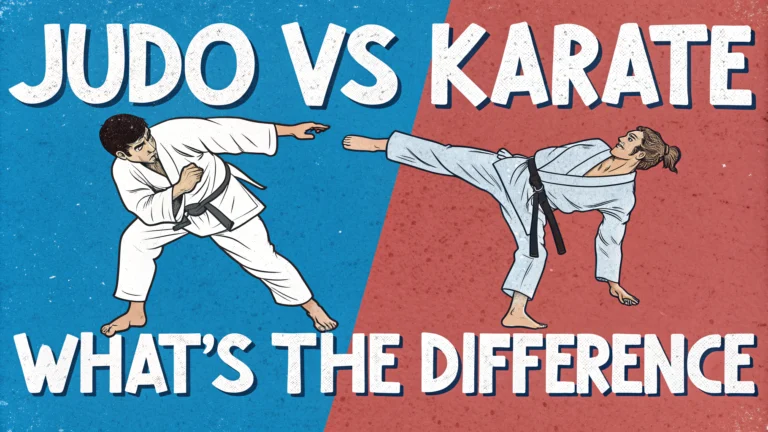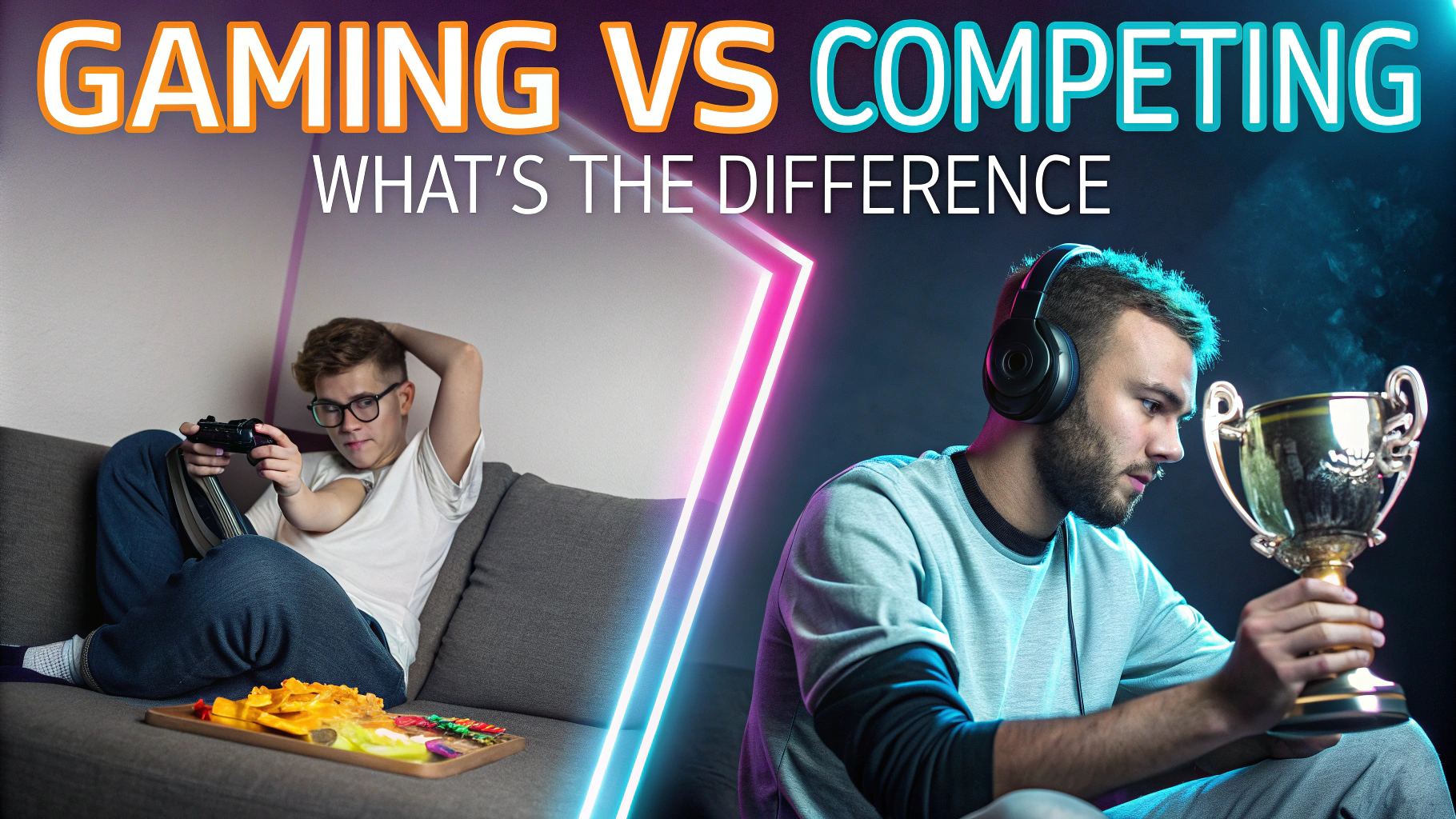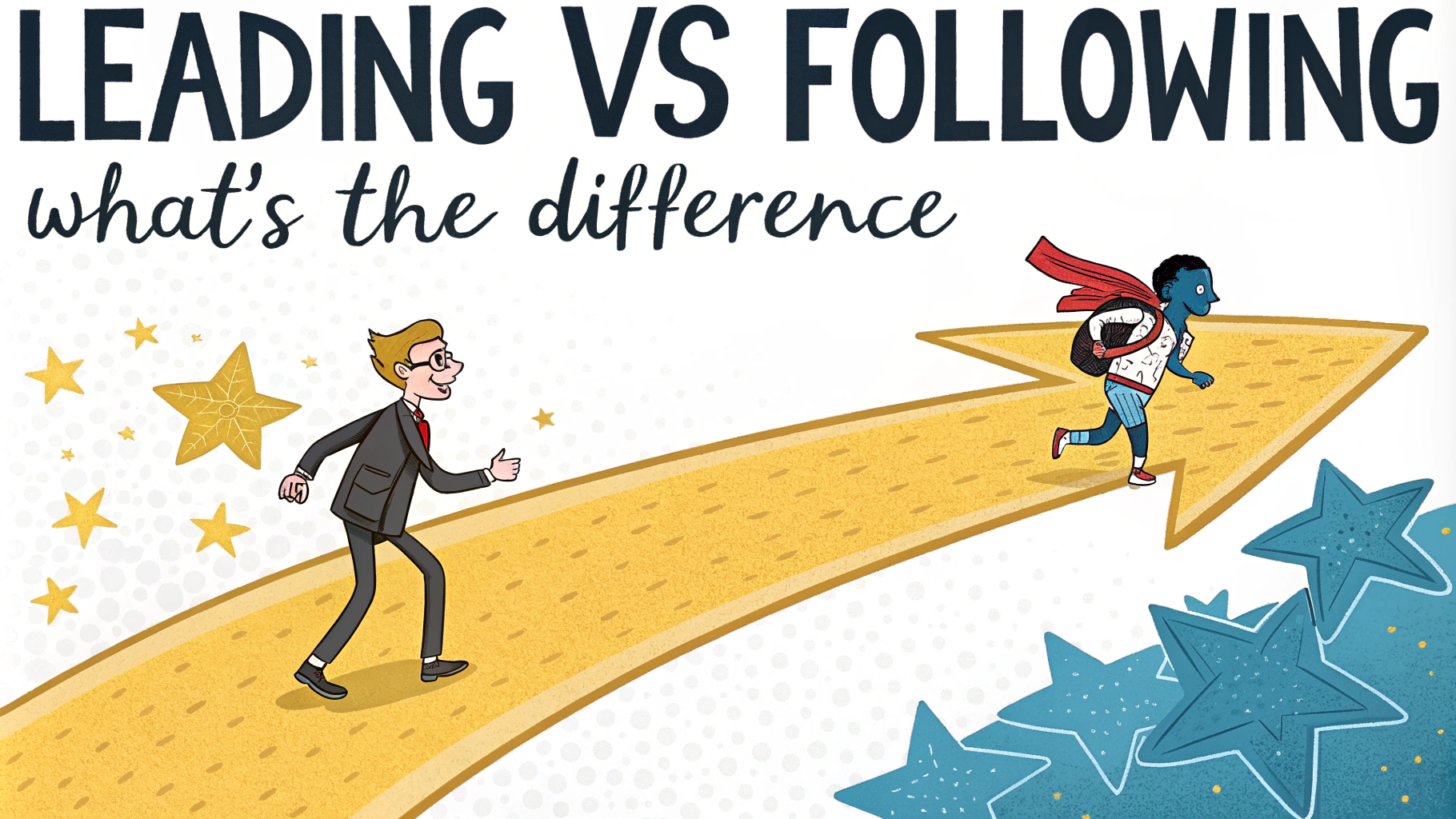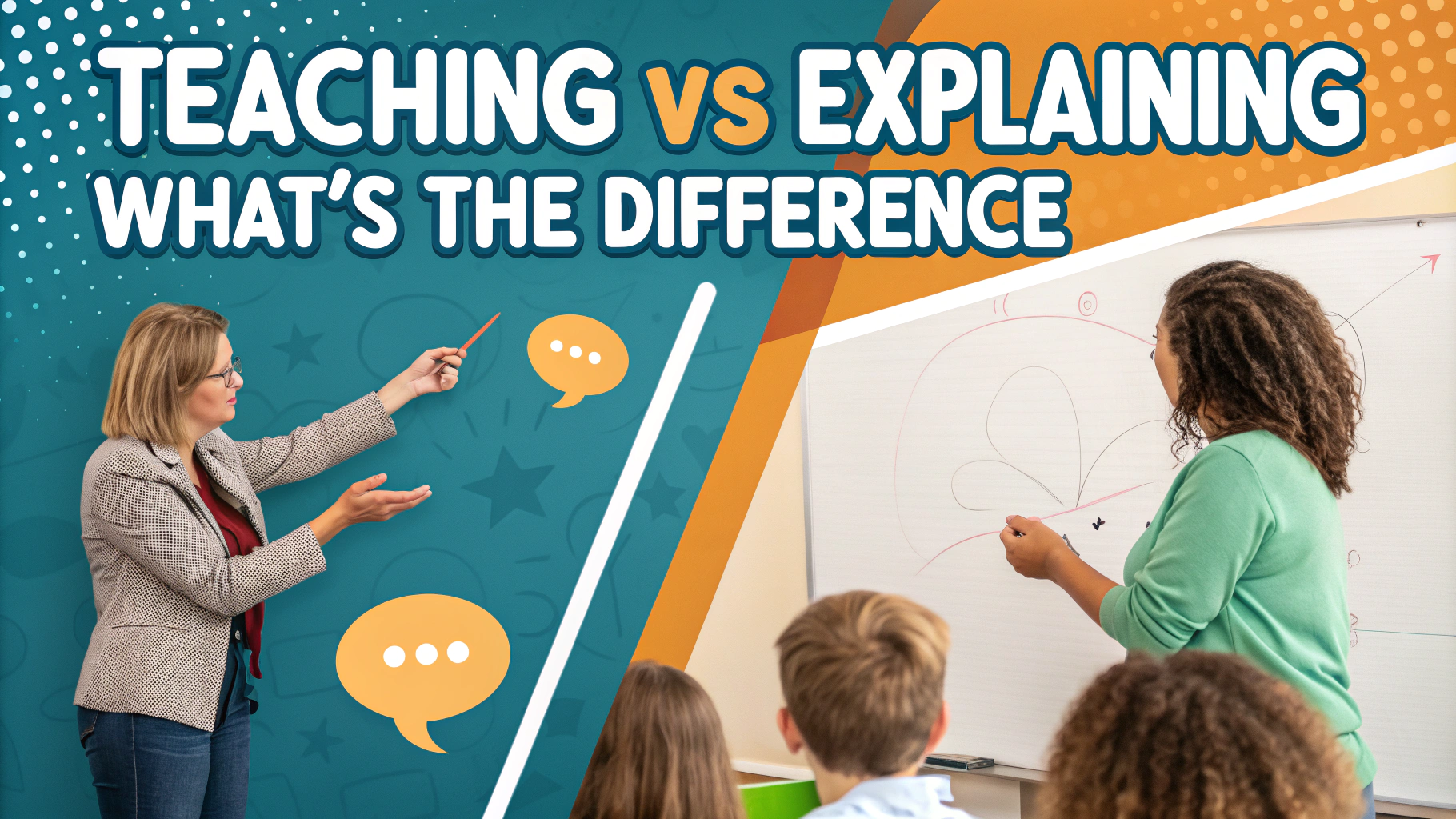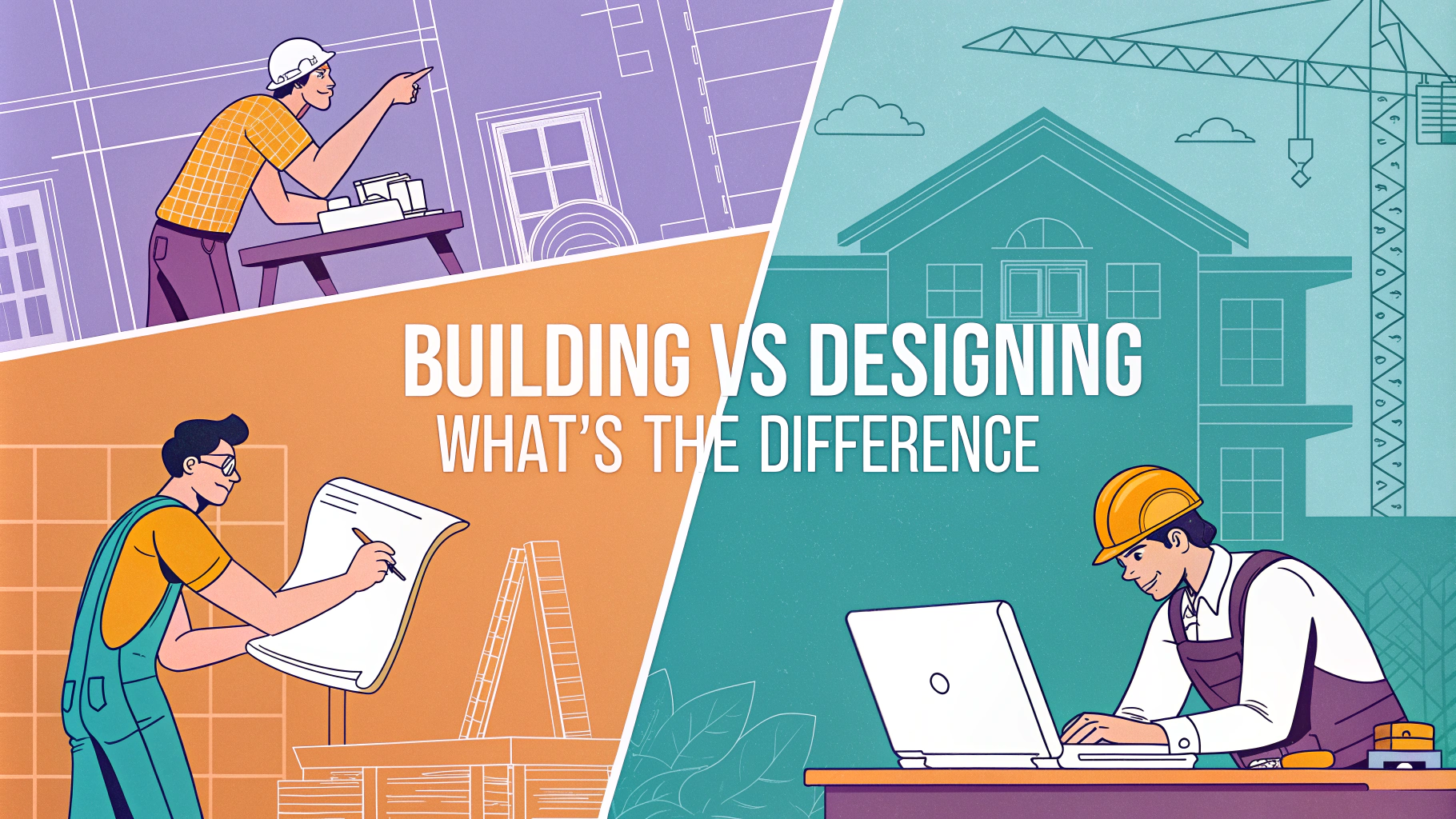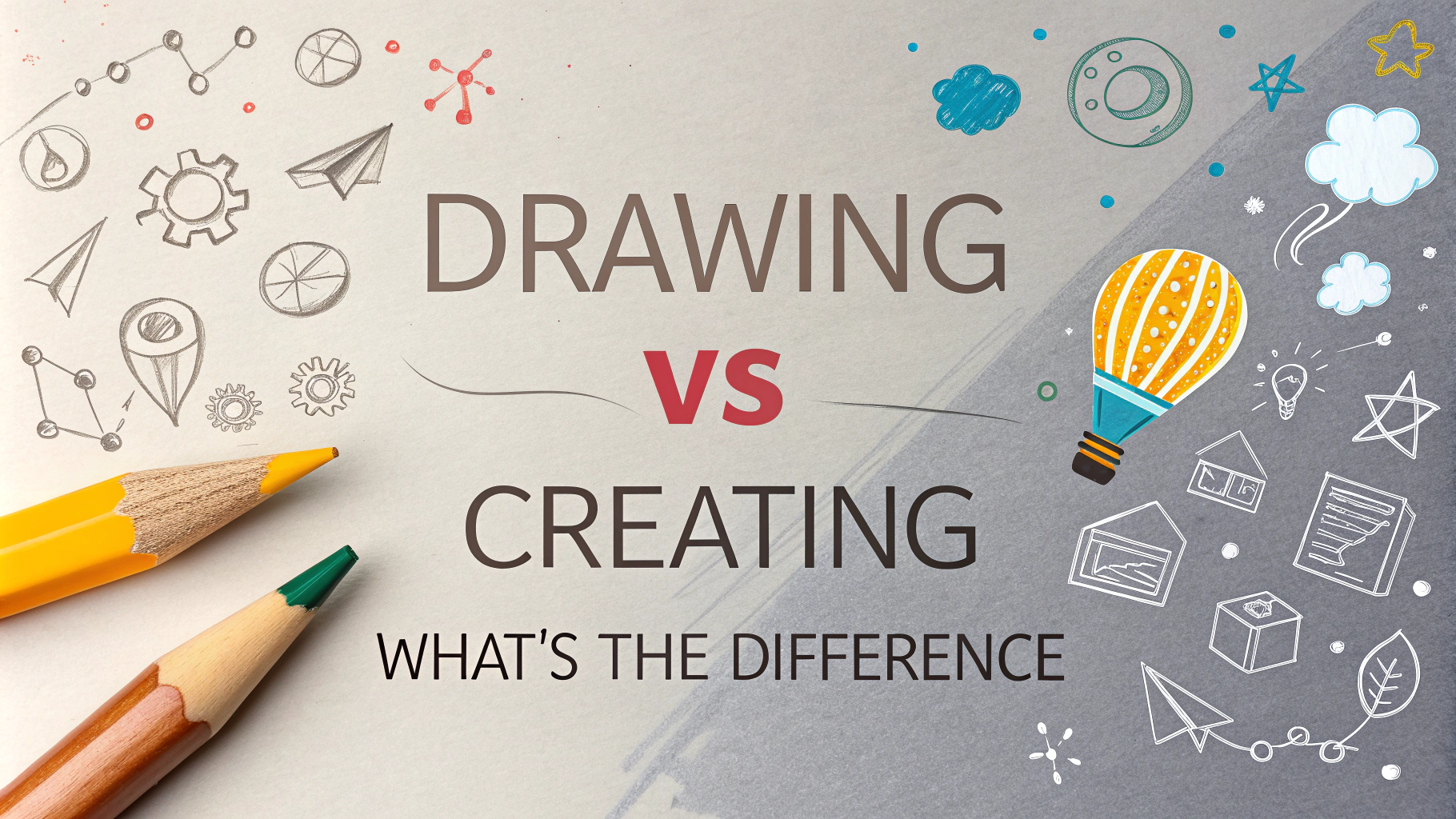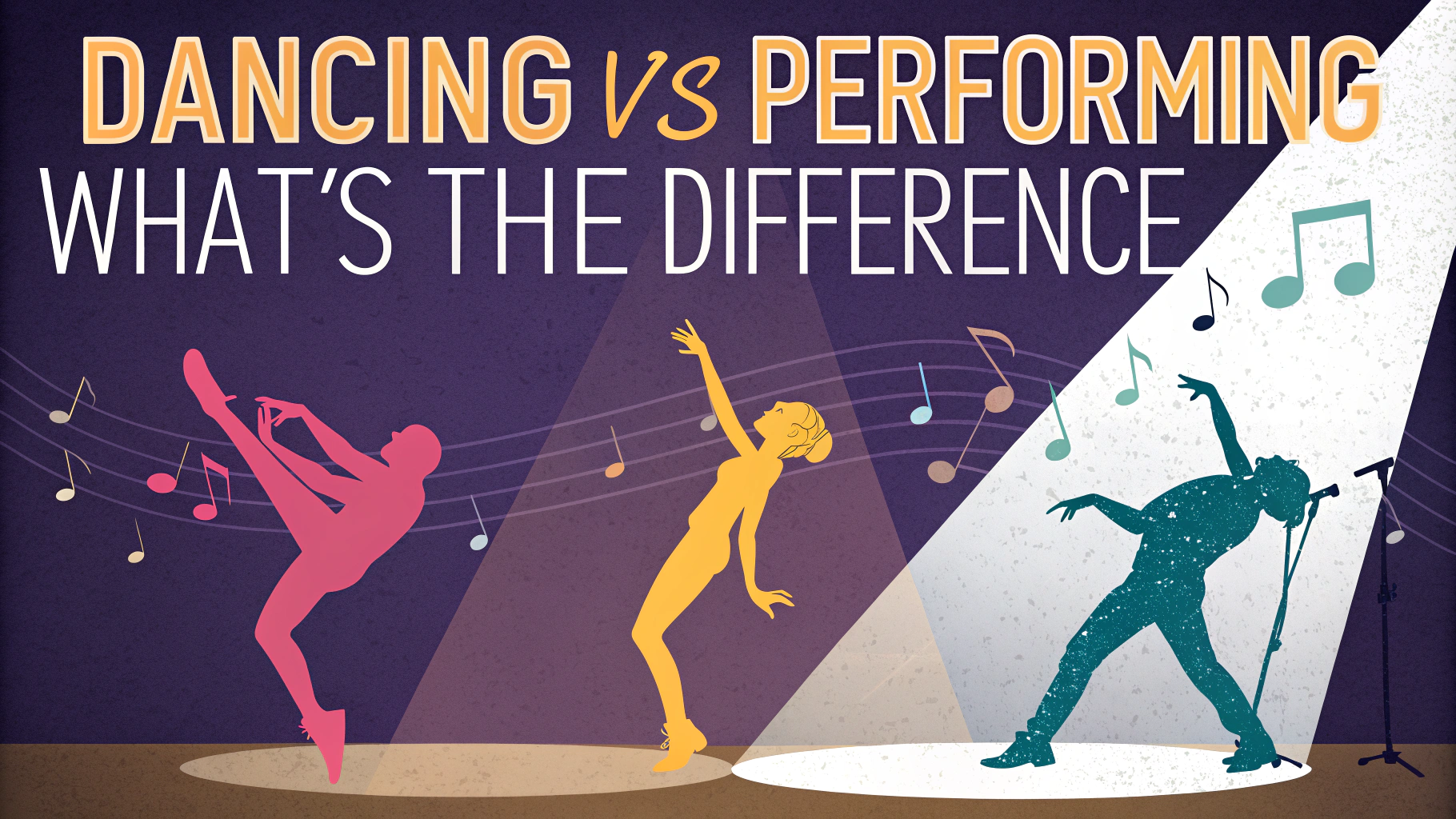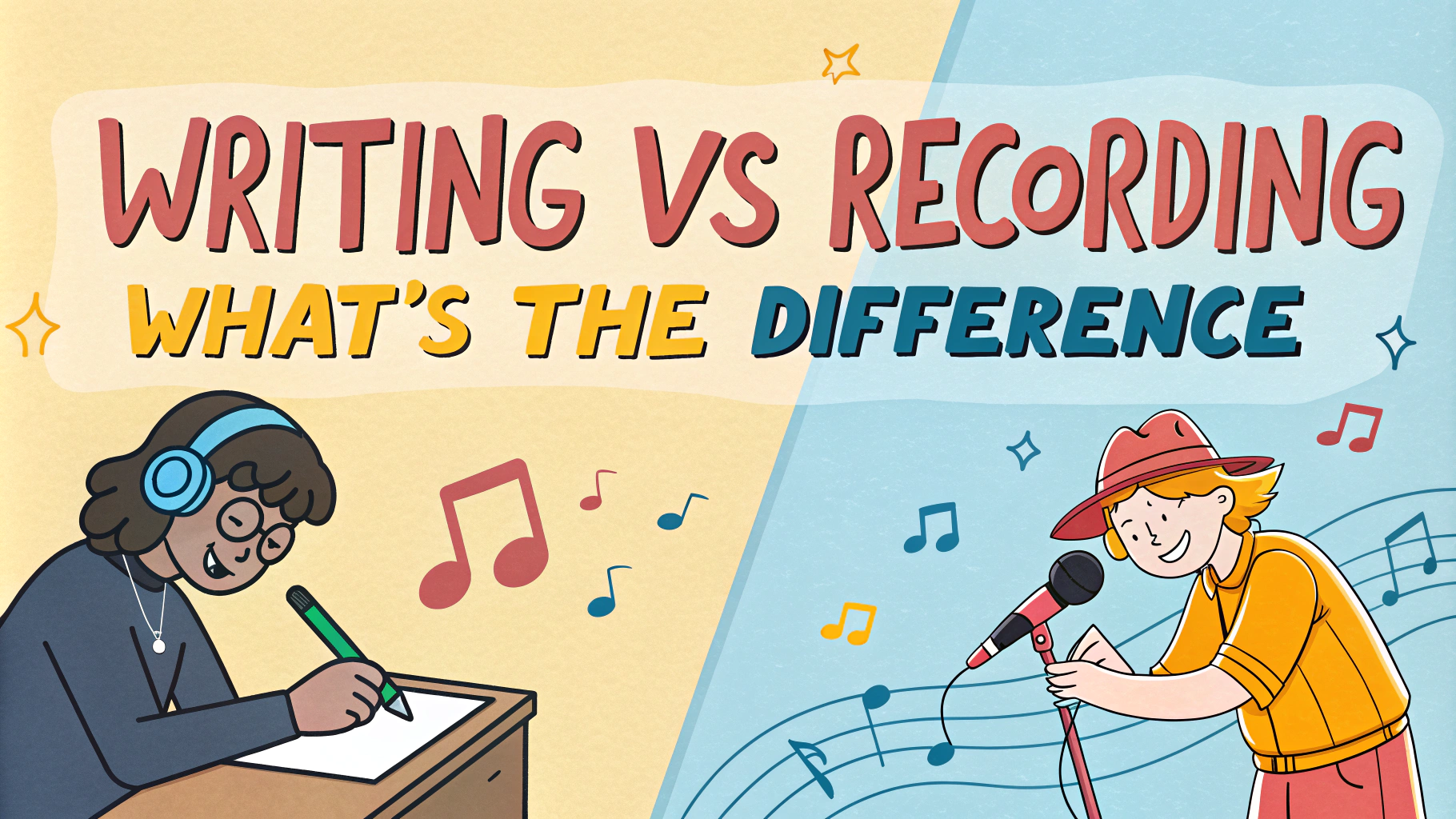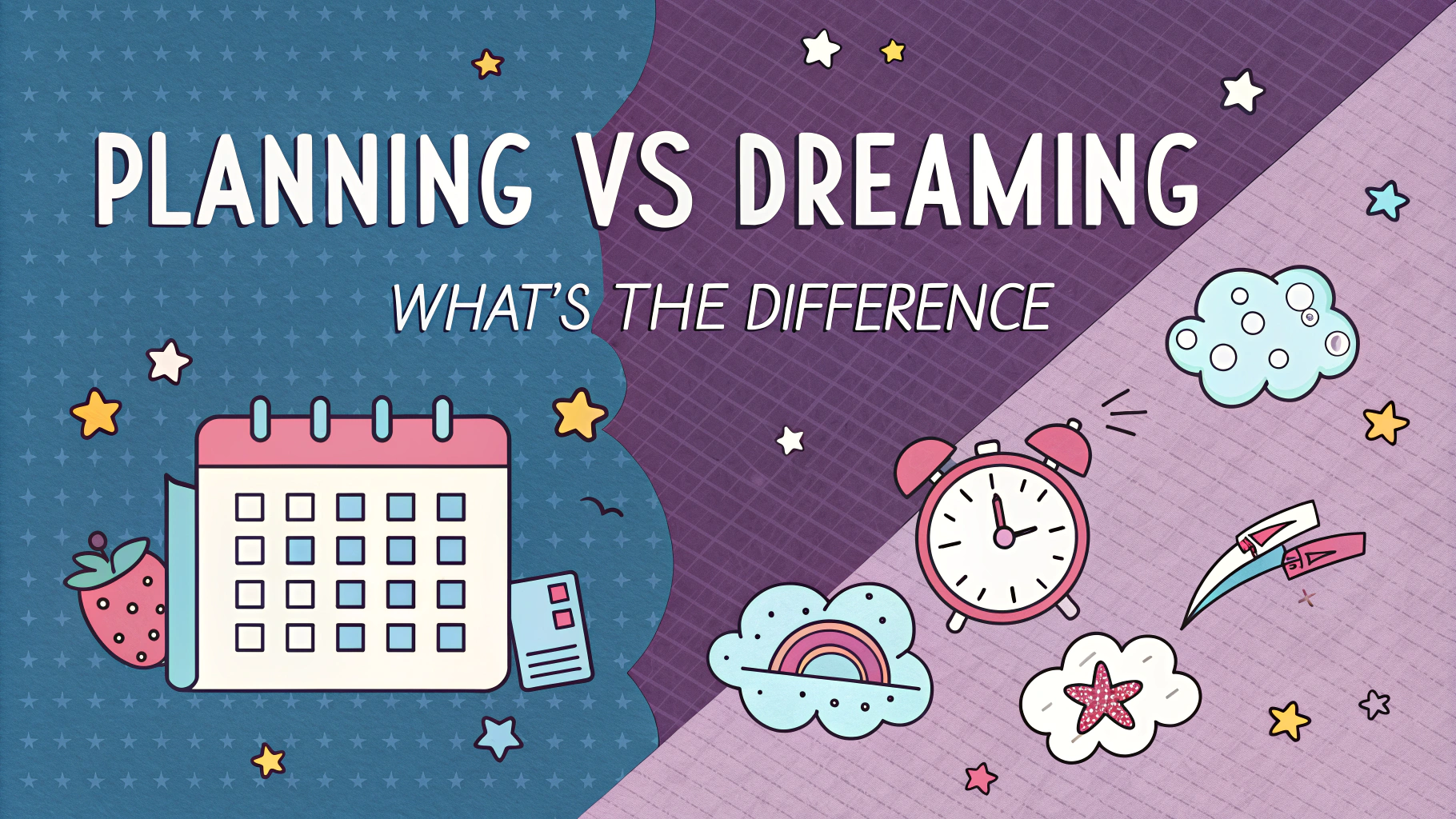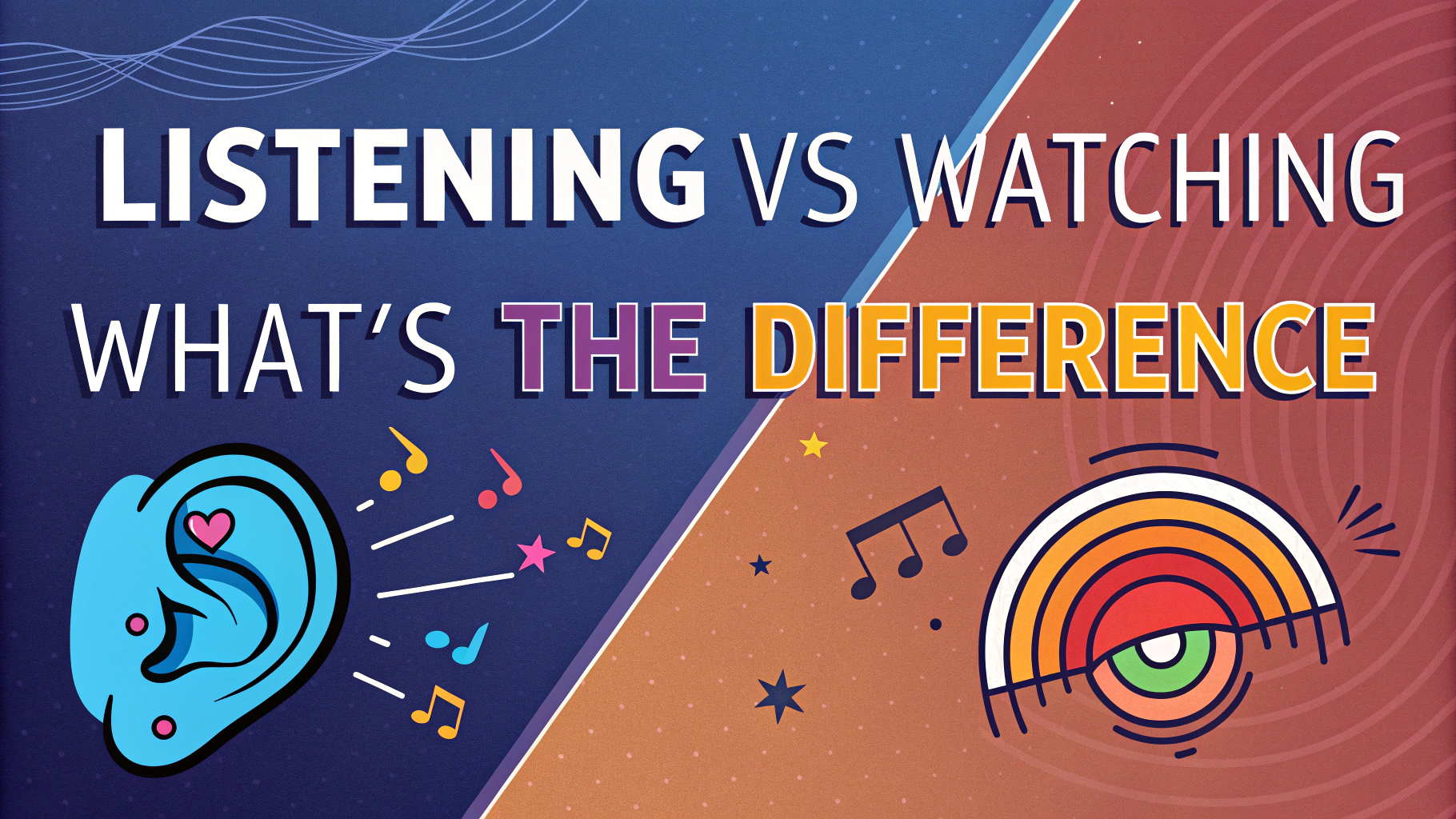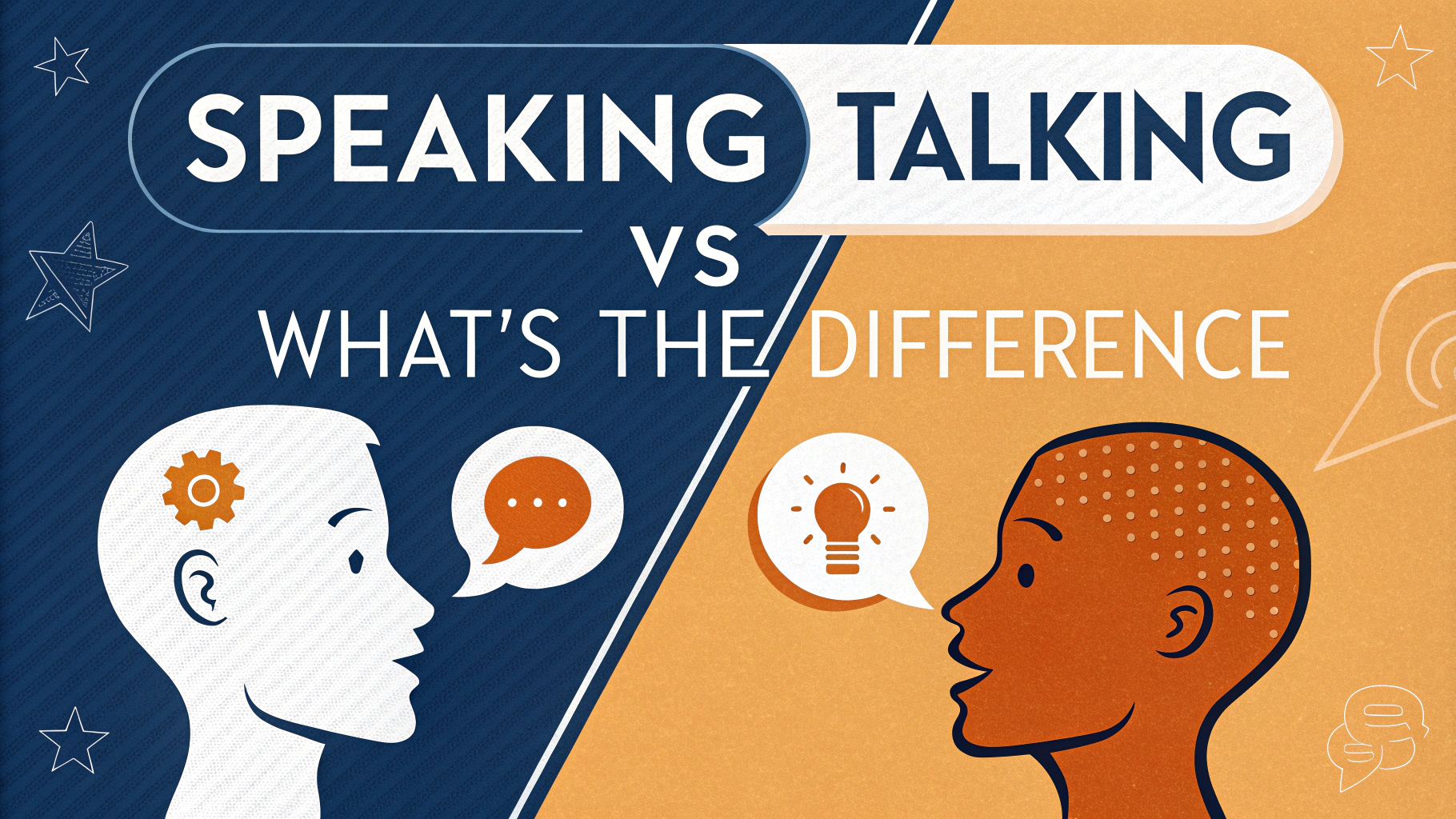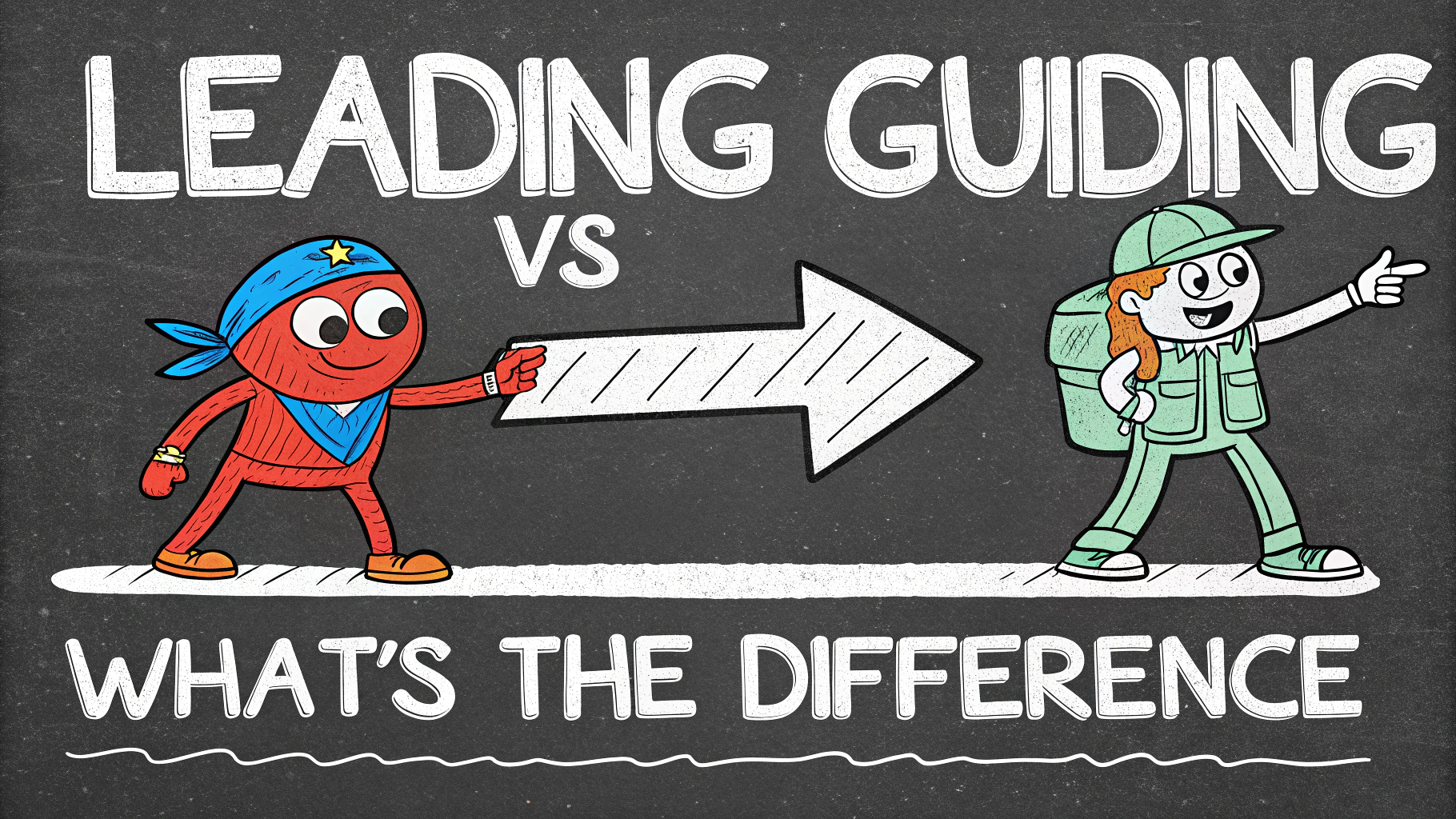Martial arts enthusiasts often debate the merits of judo versus karate. Both disciplines offer unique approaches to self-defense and personal development. This article explores the fundamental differences between judo and karate, helping you decide which might be the best fit for your goals.
Judo, known as the “gentle way,” focuses on grappling and throwing techniques. Karate, meaning “empty hand,” emphasizes striking with punches, kicks, and open-hand techniques. We’ll compare their origins, training methods, and practical applications to give you a clear picture of each martial art.
Origins and Philosophy
Judo originated in Japan in the late 19th century, founded by Jigoro Kano. It evolved from jujutsu, emphasizing efficient use of energy and mutual benefit. Karate, on the other hand, developed in Okinawa and was later influenced by Chinese martial arts.
Key philosophical differences:
- Judo: Focuses on using an opponent’s energy against them
- Karate: Emphasizes striking and blocking techniques for self-defense
Training Methods and Techniques
Judo training centers around throws, takedowns, and ground grappling. Practitioners wear a gi (uniform) and practice on mats. Karate training involves striking techniques, forms (kata), and sparring.
Main training components:
- Judo: Throws, pins, joint locks, and chokes
- Karate: Punches, kicks, blocks, and kata practice
Physical Demands and Fitness Benefits
Both judo and karate offer excellent physical fitness benefits, but they target different aspects of fitness. Judo develops core strength, balance, and explosive power. Karate builds cardiovascular endurance, flexibility, and speed.
Fitness focus:
- Judo: Strength, balance, and body control
- Karate: Endurance, flexibility, and reflexes
Competitive Aspects and Sports Applications
Judo and karate have distinct competitive formats, reflecting their unique approaches to martial arts.
Judo competitions:
- Focus on throws and grappling techniques
- Matches often end with a decisive throw or submission
- Olympic sport since 1964
Karate competitions:
- Include both kata (forms) and kumite (sparring) events
- Points awarded for clean strikes and blocks
- Debuted as an Olympic sport in 2021
Both martial arts offer opportunities for athletes to compete at local, national, and international levels.
Self-Defense Applications
Judo and karate provide effective self-defense techniques, but their approaches differ significantly.
Judo for self-defense:
- Excels in close-quarters situations
- Teaches how to control and subdue an attacker
- Emphasizes throws and takedowns to neutralize threats
Karate for self-defense:
- Focuses on striking and blocking techniques
- Teaches awareness and avoidance strategies
- Emphasizes quick, powerful strikes to deter attackers
Both arts stress the importance of de-escalation and using physical techniques as a last resort.
Learning Curve and Progression
The learning curve and progression in judo and karate can vary based on individual aptitude and dedication.
Judo progression:
- Begins with learning breakfalls and basic throws
- Advances through colored belt ranks
- Emphasizes continuous practice and refinement of techniques
Karate progression:
- Starts with basic stances, strikes, and blocks
- Advances through kyu (colored belt) and dan (black belt) ranks
- Focuses on mastering forms and developing precise techniques
Both martial arts require consistent practice and dedication to achieve proficiency.
Choosing Between Judo and Karate
Selecting between judo and karate depends on your personal goals, physical attributes, and interests.
Consider judo if you:
- Enjoy close contact and grappling
- Want to develop strength and balance
- Prefer throws and ground techniques
Consider karate if you:
- Prefer striking techniques and forms practice
- Want to improve flexibility and speed
- Enjoy a mix of solo and partner training
Visit local dojos to observe classes and speak with instructors before making a decision.
Conclusion
Judo and karate offer unique approaches to martial arts training, each with its own strengths and benefits. Judo focuses on grappling and throws, while karate emphasizes striking techniques.
Consider your personal goals, physical attributes, and interests when choosing between these martial arts. Both judo and karate provide valuable skills for self-defense, physical fitness, and personal growth.
Ultimately, the best martial art for you is the one you enjoy practicing and can commit to long-term. Whichever you choose, consistent training and dedication will lead to improved skills, confidence, and overall well-being.
FAQs: Judo vs. Karate
1. What are the main differences between judo and karate?
The key differences include:
- Origin: Judo from Japan, Karate from Okinawa
- Focus: Judo emphasizes grappling and throws, Karate focuses on striking
- Uniform: Judogi for Judo, Karategi for Karate
- Competition: Judo is an Olympic sport, Karate debuted in 2020 Olympics
2. Which martial art is better for self-defense: judo or karate?
Both judo and karate can be effective for self-defense. Judo’s throws and grappling techniques can be useful in close-quarters situations, while karate’s strikes can be effective at a distance. The best choice depends on personal preference and physical attributes.
3. How do scoring systems differ in judo and karate competitions?
Judo scoring is based on throws, holds, and submissions. Karate scoring typically involves points for strikes to specific target areas. The exact scoring systems can vary depending on the specific competition rules.
4. What are the belt ranking systems in judo and karate?
| Judo | Karate |
|---|---|
| White to Brown, then 10 dan levels of Black | White to Brown, then 10 dan levels of Black (may vary by style) |
5. Which martial art burns more calories: judo or karate?
Both judo and karate provide excellent workouts. Judo may burn slightly more calories due to its constant grappling and throwing motions, but the difference is minimal. Intensity of training matters more than the specific art.
6. Can practicing judo improve your karate skills?
Yes, practicing judo can enhance karate skills. Judo’s emphasis on balance, timing, and body control can benefit karate practitioners. Cross-training in both arts can lead to a more well-rounded martial artist.
7. What are the injury rates in judo compared to karate?
Both arts carry risks of injury. Judo tends to have higher rates of sprains and joint injuries due to its throwing techniques. Karate may have more risks associated with strikes, such as bruising or concussions. Proper training and safety measures are crucial in both disciplines.
8. How do training methods differ between judo and karate?
Judo training often involves:
- Repetitive throwing practice (uchi-komi)
- Ground grappling (newaza)
- Sparring (randori)
Karate training typically includes:
- Forms practice (kata)
- Striking drills on pads or partners
- Sparring (kumite)
9. Which is more effective in MMA: judo or karate techniques?
Both judo and karate techniques have been successfully used in MMA. Judo throws and takedowns are particularly effective, while karate strikes and footwork can be advantageous. Many successful MMA fighters incorporate elements from both arts.
10. How do philosophical approaches differ in judo and karate?
Judo emphasizes the principle of “maximum efficiency with minimum effort” and mutual welfare. Karate often focuses on character development and self-improvement. Both arts stress discipline, respect, and continuous learning.
11. What are the best age ranges to start learning judo vs karate?
Both judo and karate can be started at young ages, typically around 4-6 years old. Judo may require more physical strength, so some children might start a bit later. Adults can begin learning either art at any age, with proper guidance and conditioning.
12. How do competition rules differ between Olympic judo and Olympic karate?
Olympic judo matches last 4 minutes, with wins by throws, holds, or submissions. Olympic karate matches are 3 minutes, with points awarded for controlled strikes. Judo allows full contact throws, while karate restricts contact to light-to-medium force.
13. What are the most effective judo techniques against karate strikes?
Effective judo techniques against karate strikes include:
- Tai otoshi (body drop throw)
- Ouchi gari (inner leg reap)
- Ippon seoi nage (one-arm shoulder throw)
These techniques can be used to counter and redirect incoming strikes, utilizing the karate practitioner’s momentum.

